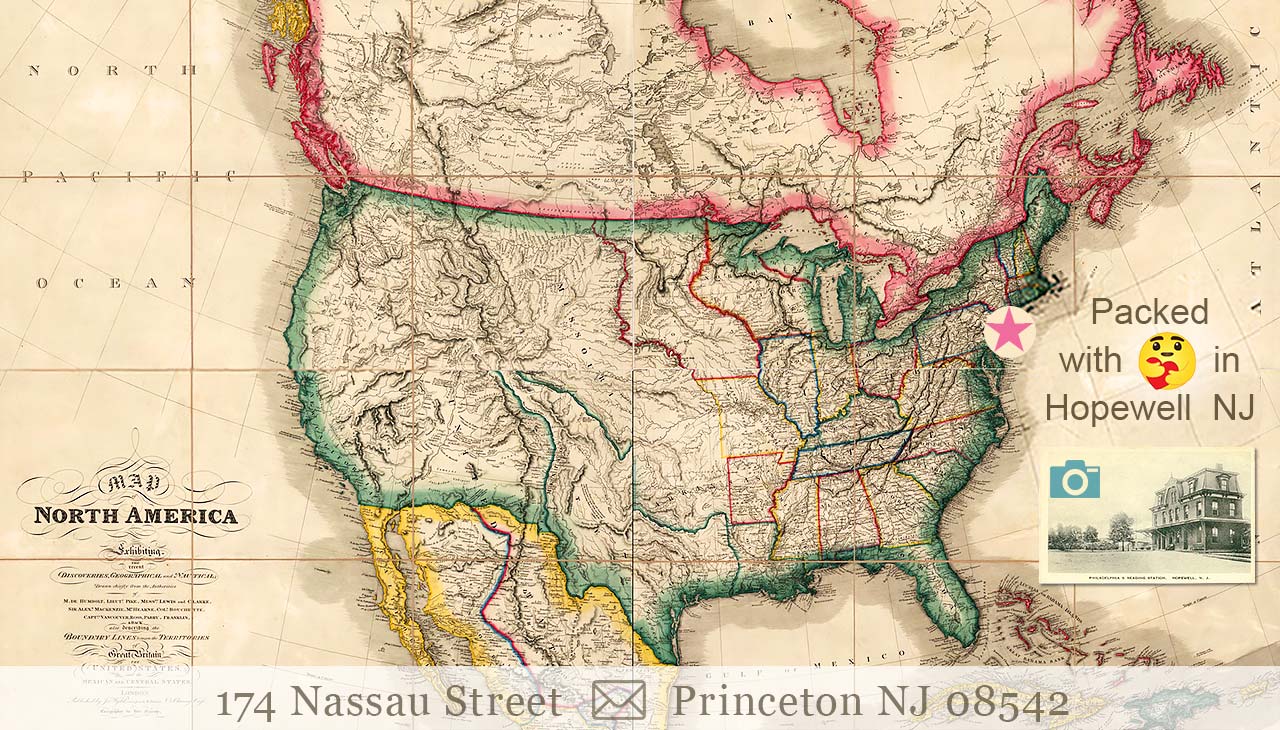W.H. Morley, Lenox 1920s Kuser Pheasant Dinner Plate “proof”


and please remember, we’ve only got one of each.
$3000.00 USD $3750
Classification: http://www.productontology.org/id/Antique_shop
Your order will ship within
1 business day, UPS Ground,
from Princeton NJ 08542
😊Easy checkout (No sign-up form)
🕑 When will my order arrive?
✓ Shipping info / Terms of Sale
🌎 International shipping
❓ FAQ
… or email / text CJ at :
📝
💬
Singularly rare and museum worthy — an internal only to Lenox artist’s study or proof by W.H. Morley.
This dinner plate, made around 1921 and hand-painted by William H. Morley, considered by most the finest painter of Lenox porcelain, is the same pheasant that graces one of the plates in the (finished, delivered) Kuser Pheasant Set — but here with the gold-gilt band omitted. (For reference, see the Christie’s auction photo below.)
As such, it represents an early non-production and never-delivered work by the most respected painter at Lenox. Unknown whether W.H. Morley painted this as a study for his own edification, or, perhaps, as an artist's concept/proof to be shown to the Kusers for approval, prior to the Kuser Set being produced.
The “Kuser Pheasant Plates” are a set of twelve dinner plates commissioned by New Jersey businessman and philanthropist “Colonel” Anthony R. Kuser (who also built the High Point Monument and donated the land that became the state park). They were produced by Lenox in Trenton, New Jersey, painted by W.H. Morley, who modeled them on the ornithological works of the famous American naturalist William Beebe. The story behind the pheasant on this plate begins in 1909, with what came to be known as the Kuser-Beebe Expedition — more on that in a bit.
On the front, hand-signed: “W.H. Morley”. On the back: “Prince of Wales Pheasant, Phasianus principalis, N.W. Afghanistan, N.E. Persia” (which is the range of this species), no backstamp, no pattern or cypher numbers, 10.5 inches in diameter, two small chips on the rim each about 2x4mm, a few surface scratches but overall in good condition.
~
Historical Background
~
From a 1922 New York Times article that describes an exhibition at the Metropolitan Museum of Art, $1000 China Plate Shown at Museum, the following:
❝ In the bridge-building Roebling family of New Jersey there are thirty or forty orchid plates made at a cost of from $3000 to $4000, for the late Charles G. Roebling, who was an orchid expert. […] Another man who had a hobby was also fond of white china and brought the two together, was Colonel Anthony R. Kuser of Bernardsville, N.J. Colonel Kuser was interested in pheasants and had a pheasant farm. He was one of the men that started an expedition to India, Ceylon, the different parts of the world where the birds are found in their natural habitat to bring back reproductions which eventually found their way into a beautiful and expensive book.❞
~
From Wikipedia:
THE PHEASANT EXPEDITION — The story of this Morley pheasant plate begins in 1909, with what came to be known as the Kuser-Beebe Expedition, an around-the-world excursion led by William Beebe to study and document the various species of the bird. Personally financed by the Kusers, under the auspices of the New York Zoological Society, the expedition spanned 17 months and much of Asia, from Ceylon to Kashmir, in the Himalayas, to Burma, Java, China and Japan in the Far East.
By the end of 1914, Beebe's pheasant monograph was essentially complete, the illustrations were in the process of being printed when World War I began, thereby delaying the project for four years. “A Monograph of the Pheasants” was published in four volumes from 1918 to 1922, by Witherby and Co., London, in a Limited Edition of 600 copies. The illustrations were provided by several artists, among them: George Edward Lodge, Charles R. Knight, and Louis Agassiz Fuertes. Also during this period, Colonel Anthony Kuser engaged the Lenox Company to produce a set of dinner plates adorned with images of pheasants.
W.H. Morley modeled his pheasants from William Beebe’s “A Monograph of the Pheasants” — the bird featured on this Lenox dinner plate is from Volume III, Plate LI, Prince of Wales Pheasant. Hosted by the Biodiversity Heritage Library, here is Vol III, Plate LI (Plate 51) from Beebe’s monograph.
~
William Beebe, born Charles William Beebe (July 29, 1877 - June 4, 1962) was an American naturalist, ornithologist, marine biologist, entomologist, explorer, and author. He is remembered for the numerous expeditions he conducted for the New York Zoological Society, his deep dives in the Bathysphere, and his prolific scientific writing for both academic and popular audiences.
“Colonel” Anthony R. Kuser (May 12, 1862 - February 8, 1929) was a businessman and philanthropist from Bernardsville, New Jersey. He was a founding member of the New Jersey Audubon Society and a member of the New York Zoological Society. In 1910, the Kusers purchased the High Point Inn and the surrounding countryside and transformed it into a magnificent private wildlife sanctuary. In 1922 they donated the 10,500 acres to the State of NJ and in 1927-28 began design and construction of the 220-foot tall High Point war memorial on the summit.
~

For reference only. The Kuser Pheasant Plate Set was sold at auction by Christie's in 2005 (photo courtesy of christies.com)
~




